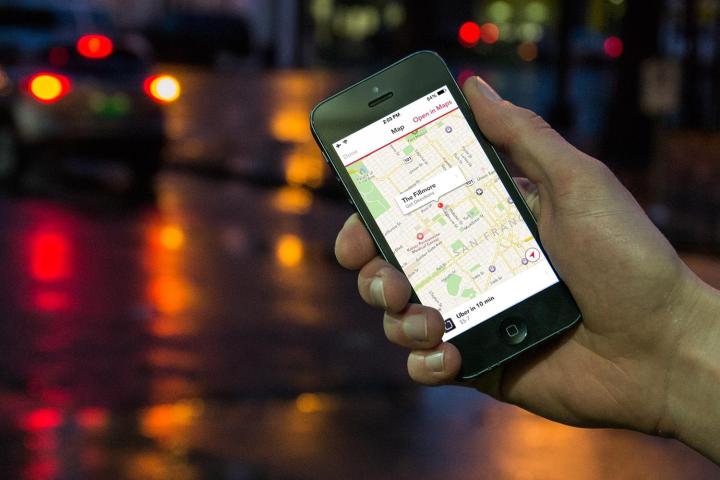
Called “Suggested Pickup Location,” the new tool, which was spotted this week by TechCrunch, shows you nearby places that should offer a faster rendezvous with your driver.
The feature is currently being tested in the San Francisco area, though if it proves effective, riders in other cities should also be able to try it out before too long.
Ride requests currently work by dropping a pin on the app’s map at a location that best suits you. Your driver will of course get to you sooner or later, but there might be another location not too far away where they’d get to you a lot quicker.
The feature being tested shows up suggested pickup points with green dots that pop up or disappear on the map as you drag your pin around the screen. If you like the look of a suggested location and it’s not too far away, you simply drop your pin on it and make your way there, getting a little exercise in the process and giving the driver a little extra time to reach the spot – and therefore hopefully making it to the meeting point before you.
According to TechCrunch, the suggested pickup points show up satisfyingly fast as you move the pin around the display, with the company apparently using collected data from past journeys to build an effective algorithm.
Some of the suggestions seem like common sense, for example, if you’re on a one-way street the app will likely point you toward a two-way street to give the driver more options. It also appears to favor corners where more roads meet.
Although the feature offers riders obvious benefits, drivers, too, will appreciate it as it should save them gas money and lessen the stress of trying to track down a passenger who’s dropped the pickup pin in an obscure or hard-to-reach location.
However, it seems Suggested Pickup Location doesn’t yet take into account a rider’s destination, a feature Uber would do well to incorporate as it’d improve service efficiency by having the car facing in the right direction when the rider climbs in – important if the road’s particularly busy and it’s hard to turn around.


